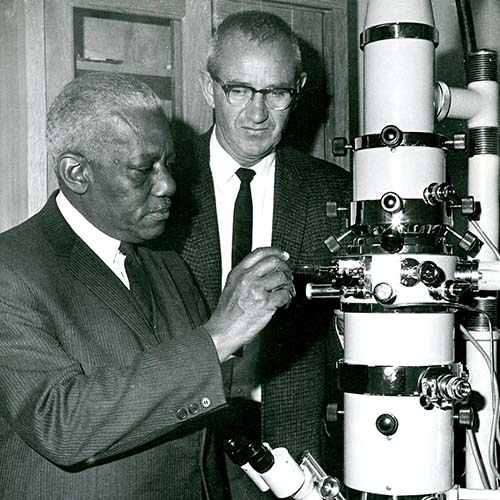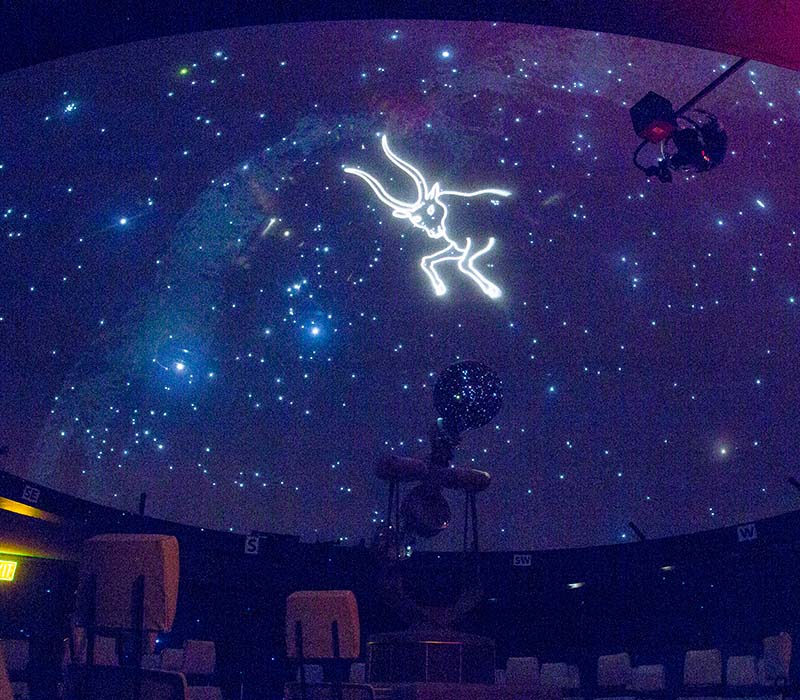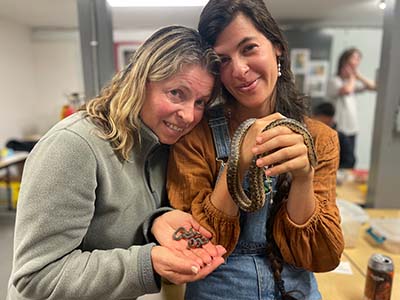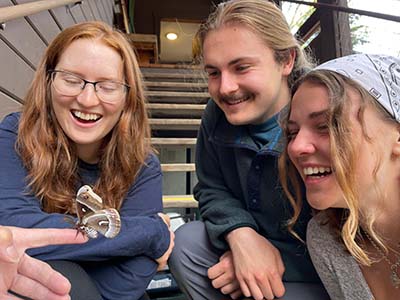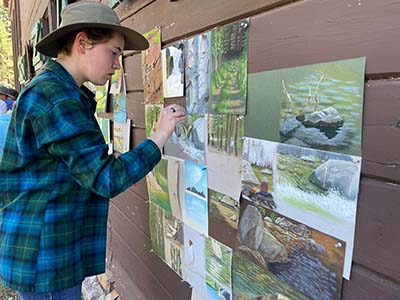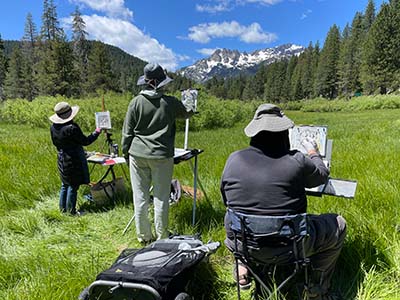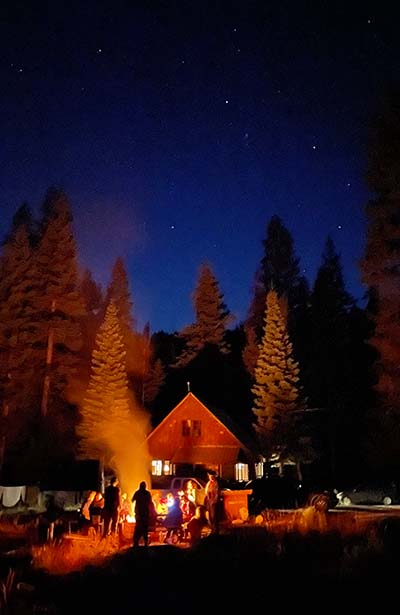SF State creates new online degree completion options
It’s never been easier to complete bachelor’s degrees in Business Administration, Criminal Justice Studies and Psychology
According to the most recent data from the National Center for Education Statistics, the six-year graduation rate for U.S. college students is 64%. That means more than a third of students don’t finish their degrees within six years of starting college.
That’s a lot of dreams put on hold. And it’s why San Francisco State University’s College of Professional & Global Education (CPaGE) has launched three new online degree completion programs that make it easier than ever for former students to get back on the path to graduation.
Created in collaboration with San Francisco State’s Lam Family College of Business, College of Science & Engineering and College of Health & Social Sciences, the online programs — for bachelor’s degrees in Business Administration, Criminal Justice Studies and Psychology — will begin in the fall. Anyone with 60 college credits can enroll, no matter what their previous major was or what school they attended. Applications for the Business Administration and Criminal Justice Studies programs are currently being accepted, with a deadline of April 15. The Psychology program began accepting applications earlier this spring and quickly filled to capacity — an indication of the demand for online degree completion, which accommodates the busy schedules of former students looking to further their careers with the power of a bachelor’s degree.
“Research shows lifetime earnings for college degree-holders are up to 41% higher than for those with just an associate’s degree, and up to 52% higher than those with only some college credits under their belt,” said Eugene Sivadas, dean of SF State’s Lam Family College of Business, citing a study by the Center on Education and the Workforce. “So completing their degrees fully online is a fast, easy and effective way for former students to significantly boost their earning potential.”
The online courses — such as “Starting a Small Business” in the Business Administration program, “Crime, Data and Analysis” in the Criminal Justice Studies program and “Future Directions for Psychology Majors” in the Psychology program — will be taught by SF State professors. Students will have access to a CPaGE online success coach as well as advising from faculty program directors. Financial aid is also available to those who qualify.
“This is a great opportunity for anyone who had to interrupt their educational journey,” said CPaGE Dean Alex Hwu. “Thanks to the flexible online options this program makes possible, former students can continue their journey — all the way to a degree.”
